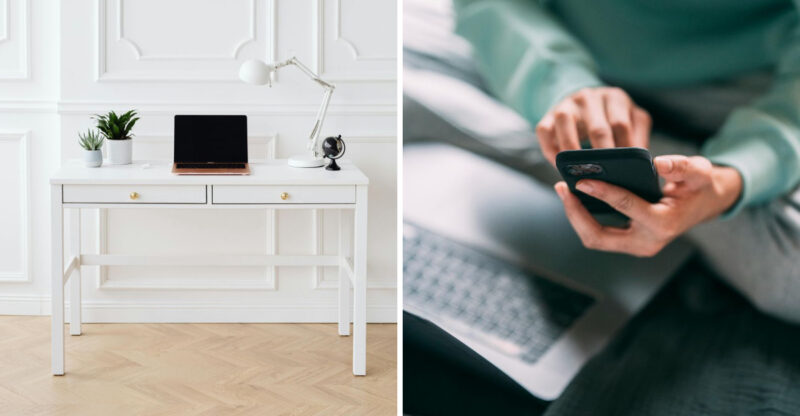These Weekend Projects Are Heating Up Alaska Homes, Even In Subzero Temps
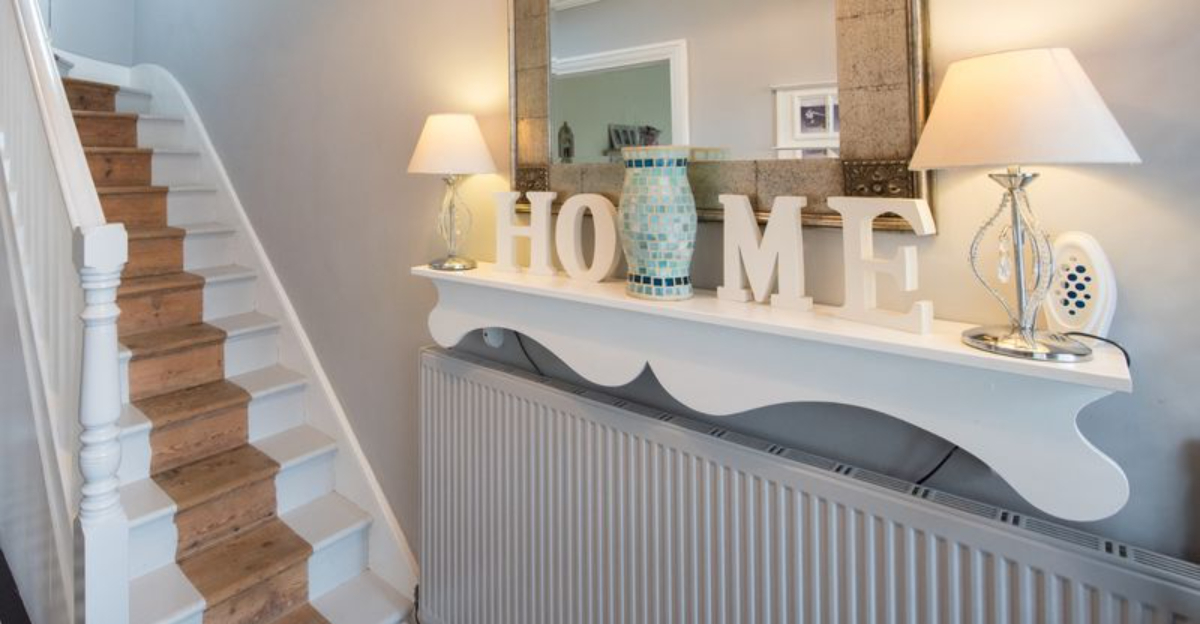
Winter in Alaska brings bone-chilling temperatures that can make even the sturdiest homes feel like ice boxes. When the mercury drops below zero, Alaskans get creative with weekend projects that add warmth without breaking the bank.
These simple DIY projects not only heat up homes physically but also create that snug, inviting atmosphere that makes winter more bearable.
So grab your coziest socks, a cup of something warm, and let’s turn your home into the comfiest cabin on the block!
1. Rustic Wall Shelf With Hooks
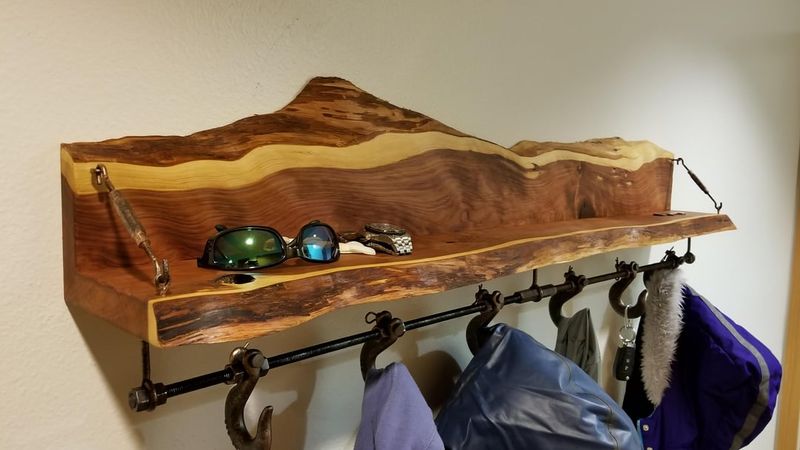
Reclaimed wood transforms into both storage and a statement piece with this project. Grab that forgotten timber from your garage and sand it smooth, imperfections add character.
Mount it near your entryway to catch gloves, scarves, and hats before snowmelt puddles form on your floor. The wood naturally insulates and reduces drafts along exterior walls.
Bonus, add small LED lights underneath to create a warm glow that welcomes you home after dark Alaskan afternoons.
2. Hygge Corner Setup
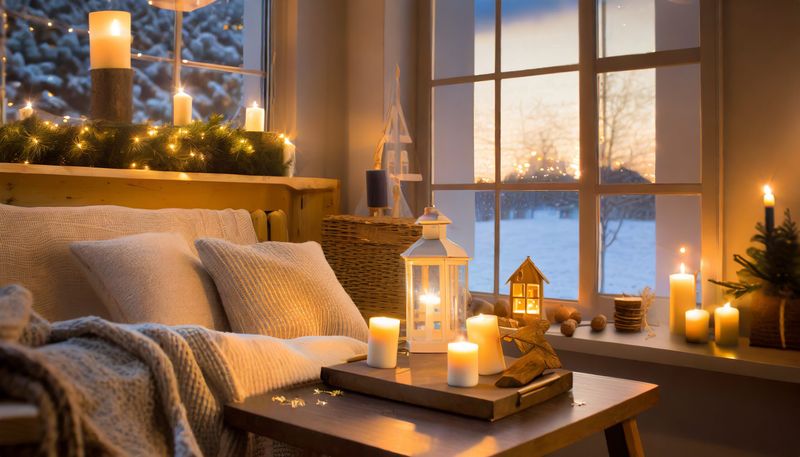
Carve out a cozy nook by rearranging furniture to create a dedicated relaxation zone away from drafty windows. Layer thick rugs to insulate against cold floors. It’s the Scandinavian secret to surviving harsh winters.
Add thermal curtains that trap heat while framing snowy vistas. String lights draped overhead provide gentle illumination that won’t strain eyes during long, dark days.
Arrange oversized pillows and weighted blankets in a basket nearby for instant warmth when temperatures plummet.
3. Scented Simmer Pot Kit
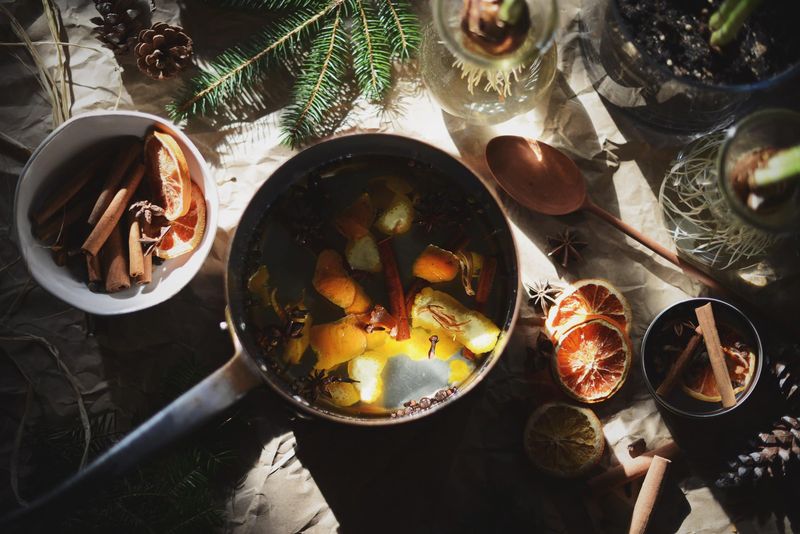
Nothing warms a space like fragrant steam circulating through rooms. Assemble dried orange slices, cinnamon sticks, star anise, and cloves into labeled jars for instant aromatherapy.
When temperatures drop, simply simmer these ingredients with water on your stove. The rising steam adds much-needed humidity to dry, heated air while releasing essential oils that elevate mood during dark days.
Package extras in decorative containers for neighbors braving the same frigid conditions, community warmth multiplies!
4. Flannel Pillow Covers
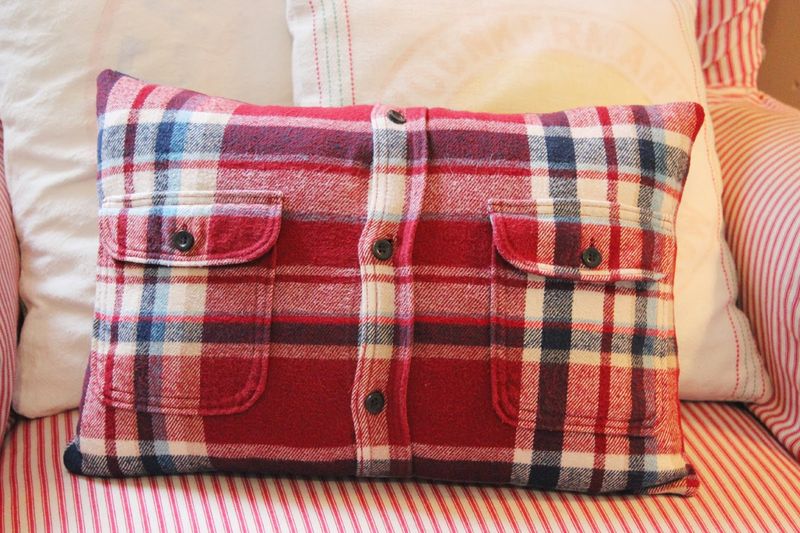
Got old flannels hanging around? Why not give them a second snuggle? Upcycling worn-out shirts into cozy pillow covers is the kind of warm, low-cost magic every Alaskan home needs in winter.
Cut your fabric a bit bigger than your pillow, sew up three sides, stuff it, then stitch or button the fourth closed, no cold shoulders here! Bonus points if you leave the chest pocket intact. It’s the perfect spot for remotes, snacks, or even a surprise hand warmer.
Mix plaids and solids for a look that says lumberjack chic. Because nothing heats a room like a little flannel flair.
5. Hot Cocoa Station
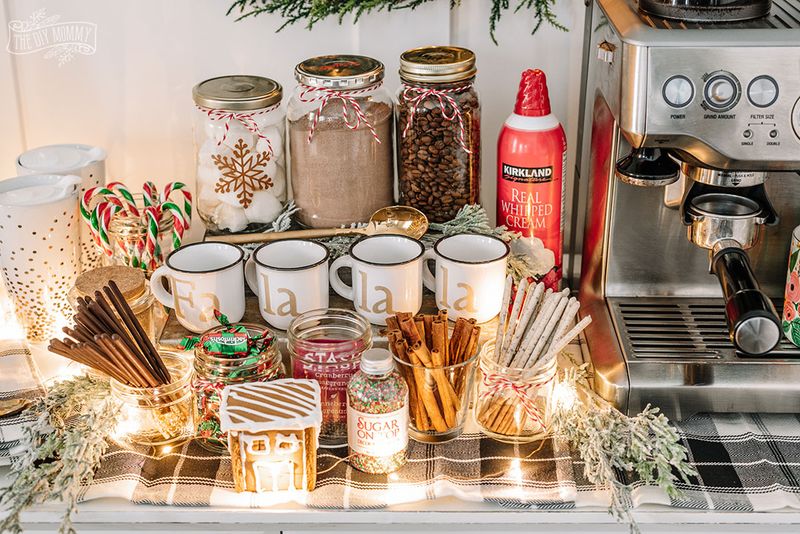
Repurpose that unused corner into a self-serve beverage center that radiates psychological warmth. Mount a floating shelf and stock it with insulated mugs that keep drinks hot during movie marathons.
Fill glass containers with cocoa mix, marshmallows, and cinnamon sticks. Include a small crockpot for keeping water or milk at the perfect temperature without running to the kitchen.
Though simple, this station encourages gathering in one warm area rather than spreading throughout a home that requires more heating. Family togetherness creates its own heat!
6. DIY Window Draft Stoppers
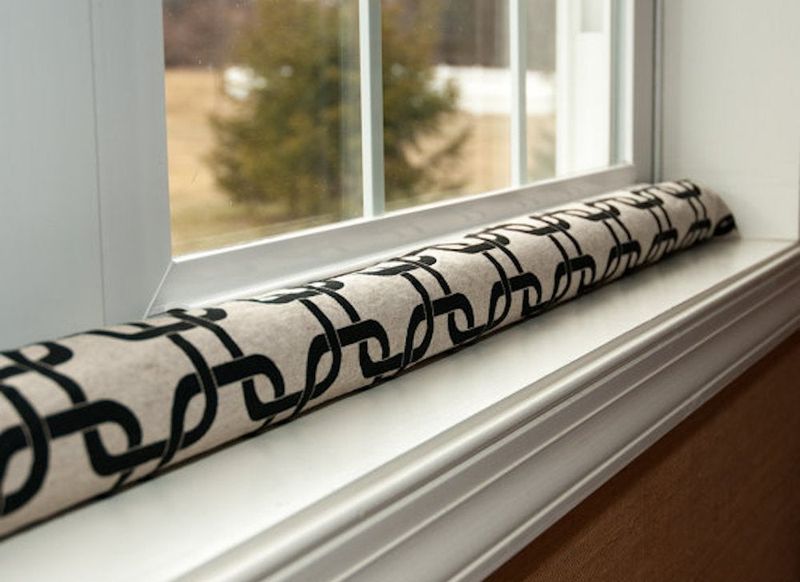
Cold air sneaking through window cracks can drop your home temperature significantly. Creating fabric draft stoppers takes just a few hours and immediately blocks those icy intrusions.
You’ll need fabric scraps (flannel works great), a sewing machine or needle and thread, and rice or dried beans for filling. Cut fabric into long rectangles, sew three sides, fill with your chosen material, then seal the final edge.
Position these snake-like buffers along windowsills where drafts enter. The weight of the filling creates a tight seal, preventing heat loss while adding a touch of handmade charm to your windows.
7. Insulated Curtain Upgrade

Regular curtains provide minimal insulation against Alaska’s harsh winters. Adding thermal backing to existing curtains creates an effective barrier against heat loss through windows, where up to 30% of home heat escapes.
Purchase thermal lining fabric from craft stores and attach it to your current curtains using iron-on hemming tape or basic stitching. The project requires no special skills beyond measuring accurately and following straight lines.
For maximum effectiveness, ensure curtains extend beyond window frames on all sides and touch the floor or windowsill. This simple modification traps a layer of air between the window and the room, dramatically improving comfort.
8. Radiant Floor Rug Pads
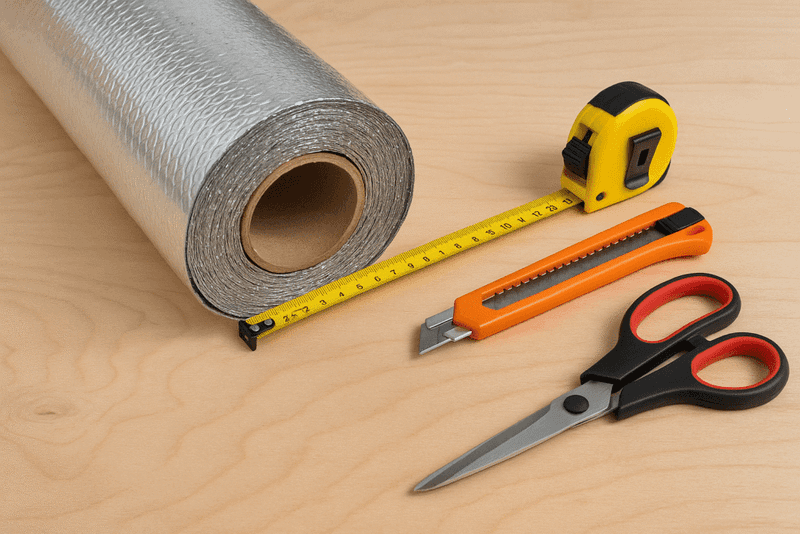
Walking on cold floors can make your entire home feel frigid, regardless of the thermostat setting. Specially designed thermal rug pads placed under existing area rugs create instant warmth underfoot without any permanent modifications.
Look for pads made with heat-reflective materials that bounce body heat back toward your feet instead of letting it disappear into the subfloor. Installation couldn’t be simpler, just roll out the pad, trim if needed, and place your rug on top.
Beyond the comfort factor, these pads add cushioning that makes standing easier on joints while protecting your floors from wear. Your toes will thank you on those -20°F mornings!
9. Heat-Trapping Radiator Shelf
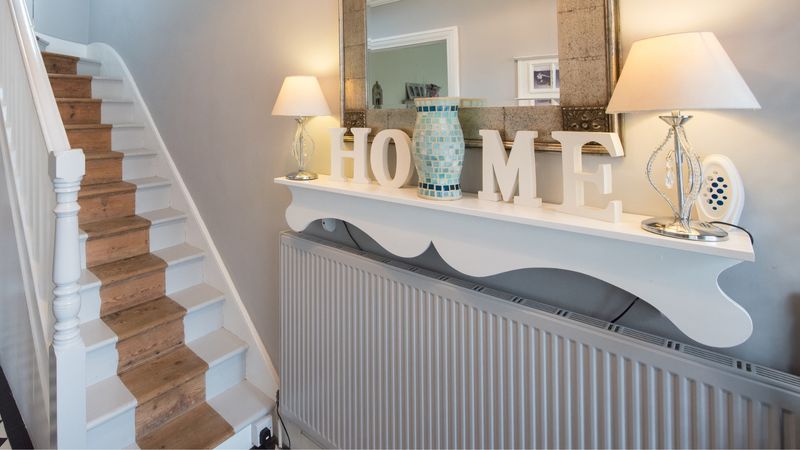
Radiators and heating vents often send warmth straight up to the ceiling where it does little good. A floating shelf installed above your heat source redirects that flow into your living space where you actually need it.
Construct a simple shelf using wood from any hardware store, then attach metal brackets designed to withstand heat. The shelf should extend 2-3 inches beyond the radiator on each side and be positioned about 4 inches above it.
Beyond improving heat distribution, this project creates bonus display space for books or decorative items. Just avoid placing anything that could be damaged by heat or block airflow completely.
10. Door Sweep Installation
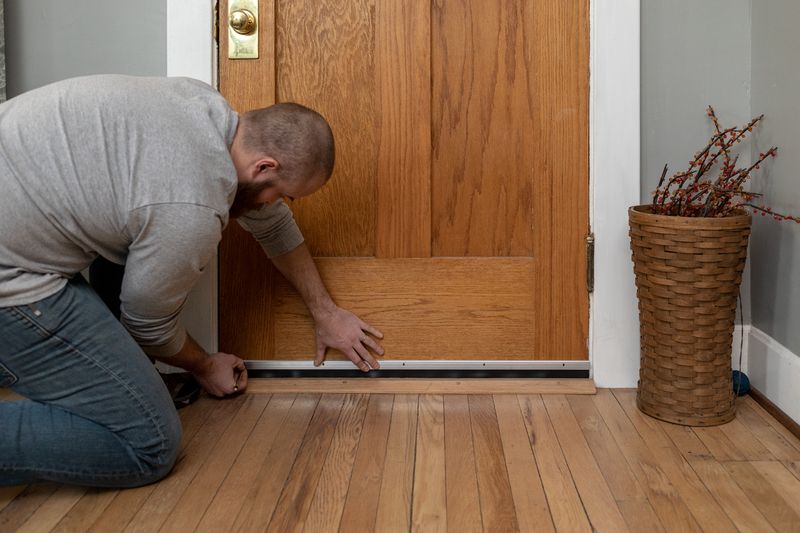
That sliver of space beneath exterior doors might seem insignificant, but it’s actually letting precious heat escape and inviting freezing drafts inside. Installing door sweeps is possibly the highest return-on-investment project for winter comfort in Alaska.
Hardware stores carry various styles, brush, vinyl, or rubber. Measure your door width, cut the sweep to size, and attach following the package instructions. Most versions simply screw to the door’s bottom edge.
The immediate difference is remarkable. No more cold air swirling around your ankles or visible light peeking under the door. This twenty-minute project saves on heating bills while making your entire home feel significantly warmer.






